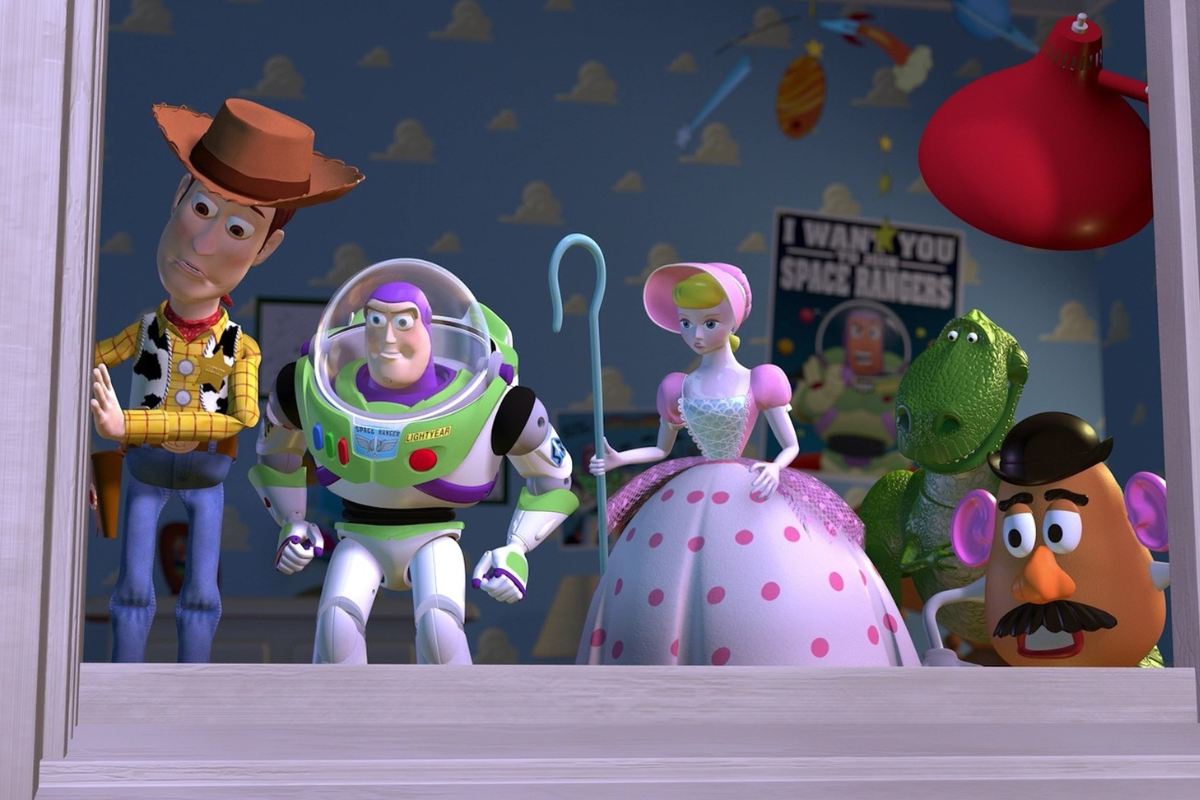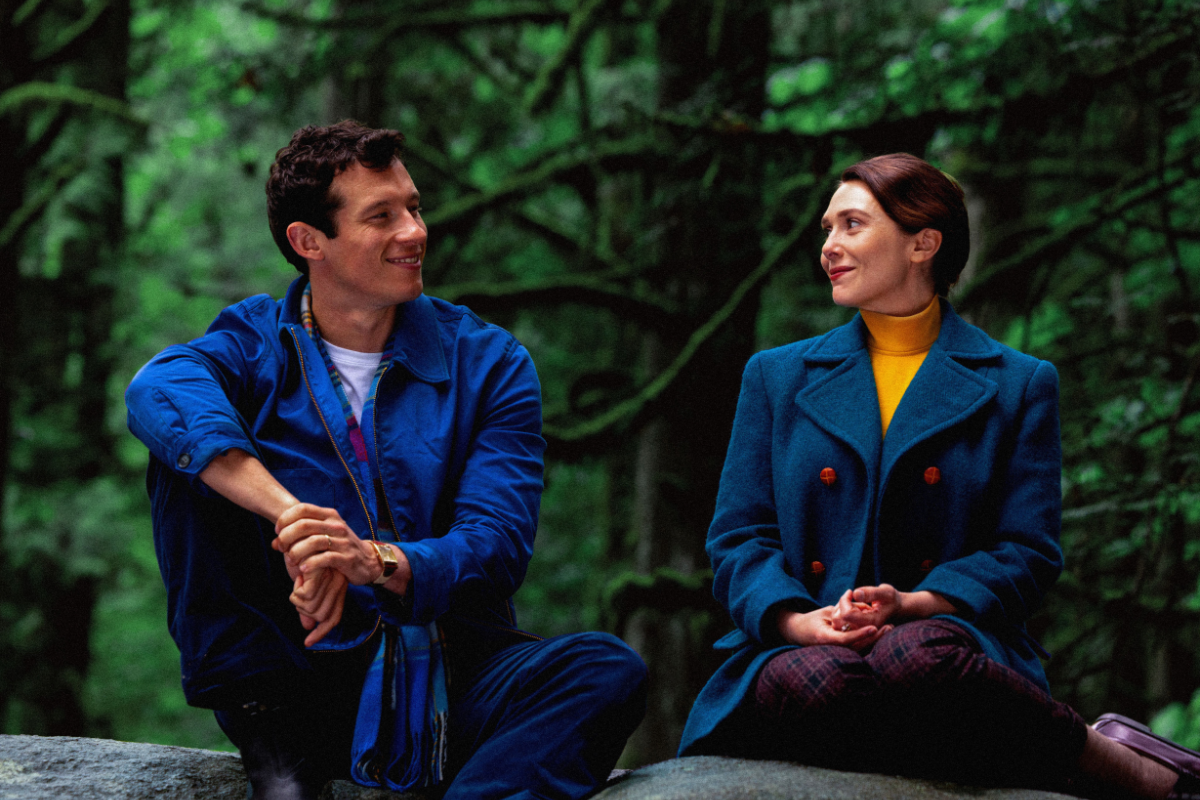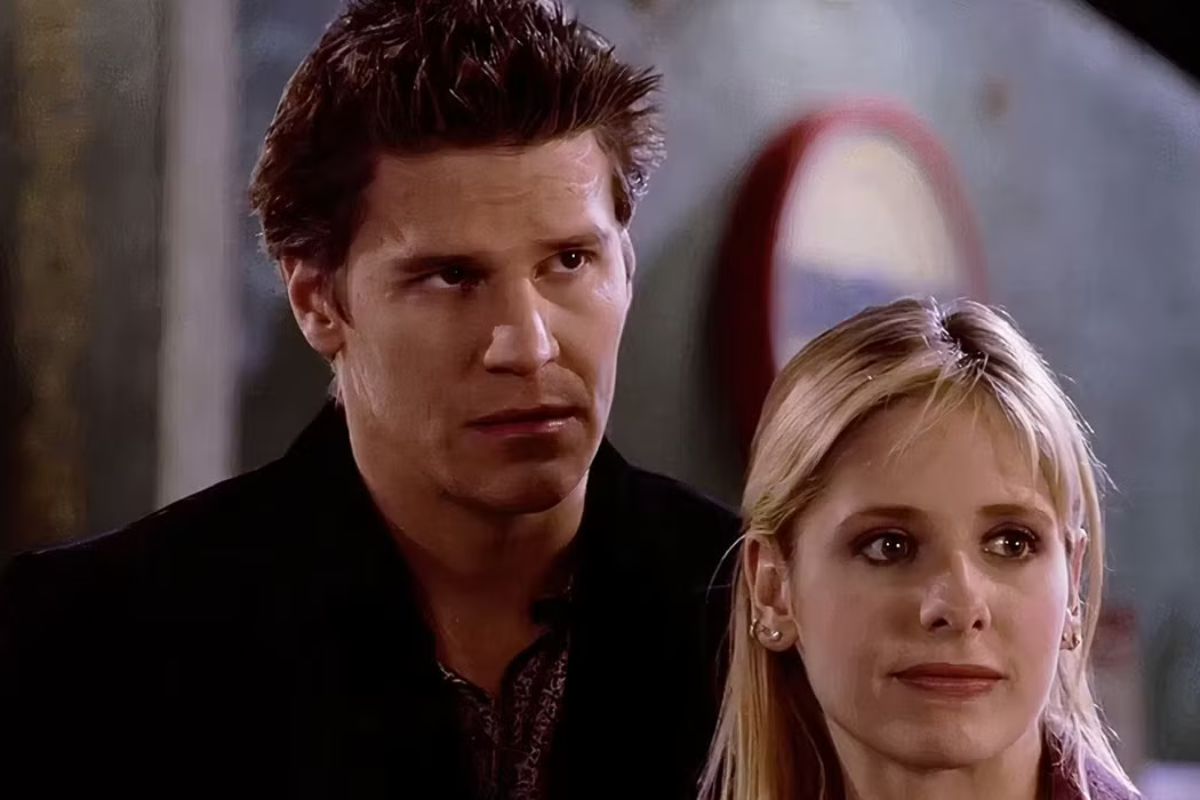STORYTELLING STRATEGIES: Imitation Game – Cracking an Enigmatic Script
Paul Joseph Gulino explains the options a screenwriter has when developing a story that seems too slight for a feature film.
Paul Joseph Gulino is an award-winning screenwriter and playwright, whose book, Screenwriting: The Sequence Approach has been adopted as a textbook at universities around the globe.
Complicated storytelling choices threaten the coherence of The Imitation Game.
The storytellers of The Imitation Game (written by Graham Moore, directed by Morten Tyldum) were faced with a very daunting challenge in telling the story of Alan Turing’s effort to crack the German ENIGMA code during World War II: how do you dramatize the building of a computer? That is, how do you make it visual and seeable? How do you draw it out so there is something interesting going on onscreen?
Certainly films can be built around the construction of objects — the construction of an airplane, for example, in Flight of the Phoenix (1965 and 2004), and a bridge in Bridge on the River Kwai (1957) come to mind. However, these are grand projects that lend themselves to the visual and dramatic needs of narrative filmmaking. Unfortunately, mathematical musings, puzzling over problems, and tinkering with electronics and wires, don't readily lend themselves to cinematic storytelling.
When developing a story that seems too slight for a feature film, a screenwriter always has two options — lengthening the story by introducing additional obstacles, or broadening the story by introducing additional characters and subplots. These are equally valid, and of course often used in combination.
The storytellers in this case did both. The few brief scenes of actually building the computer — Turing (played by Benedict Cumberbatch) tinkering with wires and connectors, arguing over lunch, and staring in excited anticipation as the computer’s dials whir — were augmented by the introduction of various obstacles — an antagonistic commanding officer who pops up a few times to pose a mortal threat to the whole program, a scramble for sufficient funds, and antagonism between the main character and his fellow workers, one of whom has to be restrained lest he smash the nascent computer with a wrench.
These conflicts didn’t carry the storytellers very far, so they opted to broaden the story as well, primarily in two ways — the introduction of the subplot of an apparent love interest for Turing (Joan Clarke, played by Keira Knightley) and expanding the narrative chronology in two directions — before the main story (Turing’s childhood) and after it (his arrest for homosexual activity six years after the war).
The film thus fills out its two hour length by jumping from one period to another — starting in 1951, moving back to 1939, sliding back further still to the 1920s and Turing’s experiences in grade school, and back again through World War II, punctuated with scenes from 1951, until finally ending with a Turing’s apparent suicide in 1954.
The result is a film that has achieved critical and box office success. It’s also a film, though, whose ultimate thrust is somewhat muddled, and whose main character remains enigmatic even after we’ve spent a few hours with him. These problems are connected to specific choices the storytellers made in broadening the story, and in some curious choices about withholding critical information from the audience at crucial times.
The 1951 Subplot
The picture begins at the end, with Turing dealing with a burglary and then questioned by police.
Beginning a biopic at the end is useful — such a strategy can serve to pique audience interest in a character, it can provide a framework in which the often sprawling lives of real people can be contained, and it can serve to create anticipation. For example, Lawrence of Arabia (1962) and Amadeus (1984) begin near the end of of their respective main characters’ lives.
The problem here is that the storytellers of The Imitation Game don’t use the opening scenes to pique audience interest in the main character or as a starting point to dive into the main story; they use the opening as a starting point to develop detective story that runs parallel to the main story.
In the opening of Lawrence of Arabia, T.E. Lawrence dies in a motorcycle accident, and during the subsequent memorial service, several individuals raise questions about who he was, and whether or not anyone really knew him. The picture then flashes back, where a journey of investigation of his character begins.
In the opening of Amadeus, Salieri attempts suicide, declares himself a murderer of Mozart, and as he makes his confession, the film flashes back to the events that explain this puzzling behavior.
In contrast, in the opening of The Imitation Game, police investigate a burglary and question a socially awkward crime victim (who proves to be Turing). With this slight introduction, we are thrust back to 1939 and the beginning of the story proper. Little has been done, though, to make us curious about this man, or even explain what the significance of the opening scene was: this will have to wait.
Typically, subplots intersect the main plot in one way or another — to hinder or help the main character, or to provide variations on the main theme. But the 1951 subplot actually doesn’t have any bearing on the main story of cracking the ENIGMA code at all, and could be stripped completely from the film without affecting our experience of the main story. Thus, its function in the screenplay, beyond adding length, is not clear.
The subplot also suffers from a curious withholding of pertinent information. It’s driven by an investigation into some possible crime committed by Turing, but unless a viewer has historical knowledge of the period (i.e., that homosexual activity was a crime in Britain at the time), and understands British slang for homosexual, it’s not very clear just what is being investigated, nor why Turing is being held. Thus the subplot distracts us from the main story and is somewhat perplexing on top of that.
The Past
The flashbacks to Turing’s childhood also pose a problem in the storytelling. Their function seems largely expository. We learn that Turing was awkward socially, unpopular with his peers, had an early interest in mathematics and codebreaking, and fell in love with another boy, Christopher, while he was in grade school.
Granted, these facts may help us understand who he is and how he functions in the main story of cracking the ENIGMA code, but the question for screenwriters is: is it necessary for us to see these moments dramatized? Turing reveals pretty clearly in the main story that he is interested in codebreaking and mathematics. His insensitive, unfiltered social manner is his chief characteristic, so seeing him the same way as a youth doesn’t add anything to that. The love affair with Christopher certainly has bearing on his sexual orientation (though this itself is not confirmation that he’s gay; a homosexual experience among English school boys at an all-boys school is hardly an indicator of adult sexual orientation).
In general, it’s a good idea to deliver exposition as economically as possible — after all, a movie is about what happens after we receive the backstory, not about the backstory itself. Thus it’s hard to justify the repeated childhood flashbacks, other than to add length to a too-slight main plot.
Seeing this material acted out does not necessarily enhance our experience of the main story. For example, in Lawrence of Arabia, Lawrence reveals to Sharif Ali that he was born out of wedlock and thus cannot be honored by having a title. It is hard to imagine that a flashback in which we see Lawrence as a child being ostracized for being born out of wedlock would somehow enhance the main action of the movie. The point was made with that information alone: he is a misfit.
(Notably, the storytellers of Wild [2014] made the same mistake, resorting to numerous superfluous and redundant flashbacks).
Thus, the choice of frequent flashbacks to Turing’s childhood seems a dubious one. True enough, it’s touching to see that Turing names his thinking machine after his childhood love Christopher, but even here, the storytellers don’t really make us curious about why he chose this name. And he’s so driven to create the machine that it’s hard to believe he does it to, in some way perhaps, recreate Christopher.
The Homosexuality Issue
Both the childhood flashbacks and the 1951 subplot are centered around Turing’s homosexuality, and the film ends with a title about the persecution of homosexuals in Britain during that era. This suggests a unifying element for the film as a whole. However, the homosexual aspect is almost entirely absent from the main story—cracking the code—and in fact it isn’t clear that Turing is homosexual until about halfway through the film—indeed there are a lot of clues to suggest otherwise.
Before it is revealed that Turing had a childhood romance with another boy, he meets Joan, the first female character we encounter in the film; Turing is the one who overrules a colleague to let her stay and prove her worth on a math test. She’s also the only person Turing bonds with; they spend time together, he goes to her residence to work after hours, she instructs him in social manners—all suggestive of a budding romance. He even proposes marriage to her, albeit for allegedly tactical reasons.
It isn’t till after the proposal that he reveals—to a colleague—that he is homosexual.
Thus, while the issue of Turing’s homosexuality is woven into the fabric of the film, it’s close to irrelevant in the main story. We never see how his sexuality, or sexual conduct, might endanger cracking the code. And it’s a bit strange that a film that has stressed the importance of breaking the ENIGMA code, with millions of lives at stake, and CGI sequences involving huge numbers of Nazi bombers attacking London, would end on a title about the persecution of homosexuals.
This suggests the title was added as a defensive move to shore up the film's coherence.
Towards a Solution
In screenwriting, it’s always best to begin at the end: what is the effect the you are trying to achieve? What is the impression you wants to leave with the audience?
If this is a film about the injustices visited upon homosexuals during the period in question, then it’s worth making it squarely about that, and integrating the issue into the main plot about cracking the ENIGMA code, rather than scattering it across the decades and keeping it implicit for so long.
Clearly it could be written in a way that exploits what is at stake: the only man who can beat the Nazis being dogged by suspicions of illegal (homosexual) behavior, which threatens to bring the whole project down. The fate of whole civilizations are endangered because of petty anti-gay prejudice. There are plenty of antagonisms within the codebreaking group in the script as it is, including some characters who loathe Turing, not least of which is Commander Denniston (played by Charles Dance).
One option to consider would be to make the main character someone other than Turing. This might help solve another problem: Turing (as portrayed in the film) is socially awkward, admits to having difficulty communicating, and indeed seems borderline Asperger’s—none of which helps us warm up to him as a protagonist. In the end, he remains, well, enigmatic.
If the story is told instead with Joan as the main character, or at least filtered through her viewpoint, dealing with her conflicted feelings and recounting encounters with Turing, emotional connection to the material and deeper understanding is possible. Another option would be to make the Soviet spy, John Cairncross (played by Allen Leech), the main character. Such a choice would put the main character in the middle of a difficult dilemma of protecting Turing from exposure for homosexuality for ulterior motives, while carrying his own deep secret and fear of discovery.
Such a strategy was actually used in another recent film about a socially awkward computer nerd—The Social Network (2010). Here, screenwriter Aaron Sorkin chose to tell the bulk of the story from the point of view of Eduardo Saverin (played by Andrew Garfield), even though Mark Zuckerberg (played by Jesse Eisenberg), as prime mover of the social network in question, is the more obvious choice of protagonist.
Such a strategy may not completely unlock the mysteries of a cold, socially awkward character, but can help create an emotional connection between the film and the viewer.
- More articles by Paul Joseph Gulino
- Breaking & Entering: The Audience is Listening
- Make Sure Your Subplots Aren't Sub-Par
Get help creating characters with Ruth Atkinson's webinar
Secondary Characters: Techniques for Writing Unforgettable Supporting Characters
Paul Joseph Gulino is an award winning screenwriter and playwright, whose credits include two produced screenplays in addition to numerous commissioned works and script consultations, and his plays have been produced in New York and Los Angeles. He taught screenwriting at the University of Southern California for five years, and since 1998 has taught at Chapman University in Orange, California where he is an associate professor. He has lectured and given workshops in the U.S. and Europe and recently guest-lectured at Disney Animation in Burbank. His books include Screenwriting: The Sequence Approach and The Science of Screenwriting: the Neuroscience Behind Storytelling Strategies, co-written with psychology professor Connie Shears. His web site is www.writesequence.com.







